In this blog you will learn how to ease exam stress:
- How to organise for exams
- Ways to stay calm when you start to feel flustered
- How to boost mental wellbeing throughout this stressful time.
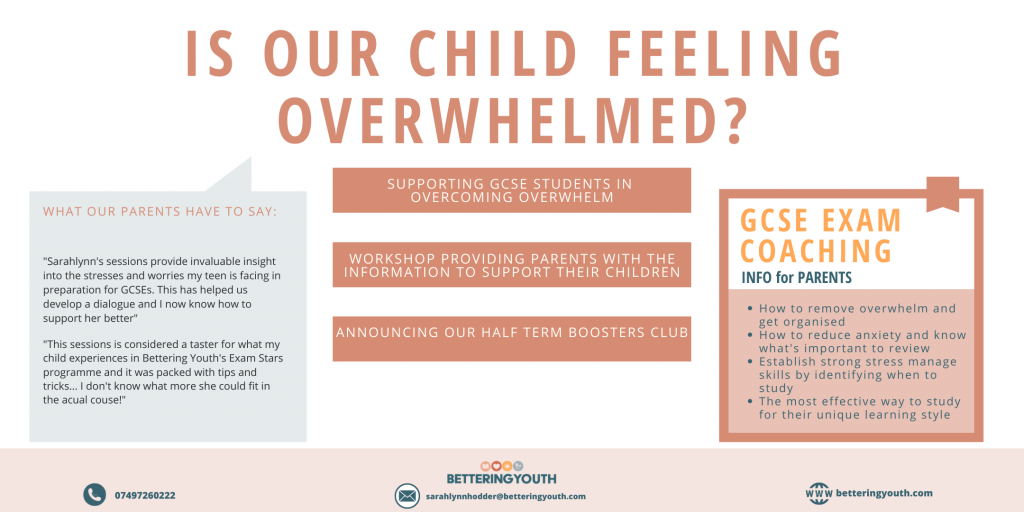
As 11+ exams start in earnest, and the GCSE exams for Fall 2020 are just around the corner, I thought it would be an opportune time to share our best tips for easing exam stress. While I have spoken on this topic in the past in a blog geared to parents, and in an ebook with great activities, this blog hopes to outline some new and practical ways to support your child during this trying time.
How to feel confident for exams
One of the best ways to feel confident is to have practised and revised effectively in the lead up to your exams. In order to do this, be sure to create a revision plan and build a doable study timetable. Both should cover all necessary content and give you ample opportunity to create effective notes, revise, analyse your knowledge gap and do practise papers.
For more information about how to revise for GCSEs or entrance exams, click here.
How to calm performance anxiety during a test
An effective way you can ease performance anxiety is to practise working under pressure. A great way to do this is to do mock exams (official or using practise papers) under timed circumstances. The more timed papers you can do, the easier it will be to manage your time during a real exam.
Another great way to ease performance anxiety is to practise calming techniques. At Bettering Youth, we’re all for supporting children academically as well as emotionally. We help them build academic rigour with timed practise activities, but we also teach children a variety of breathing techniques that are proven to calm anxiety.
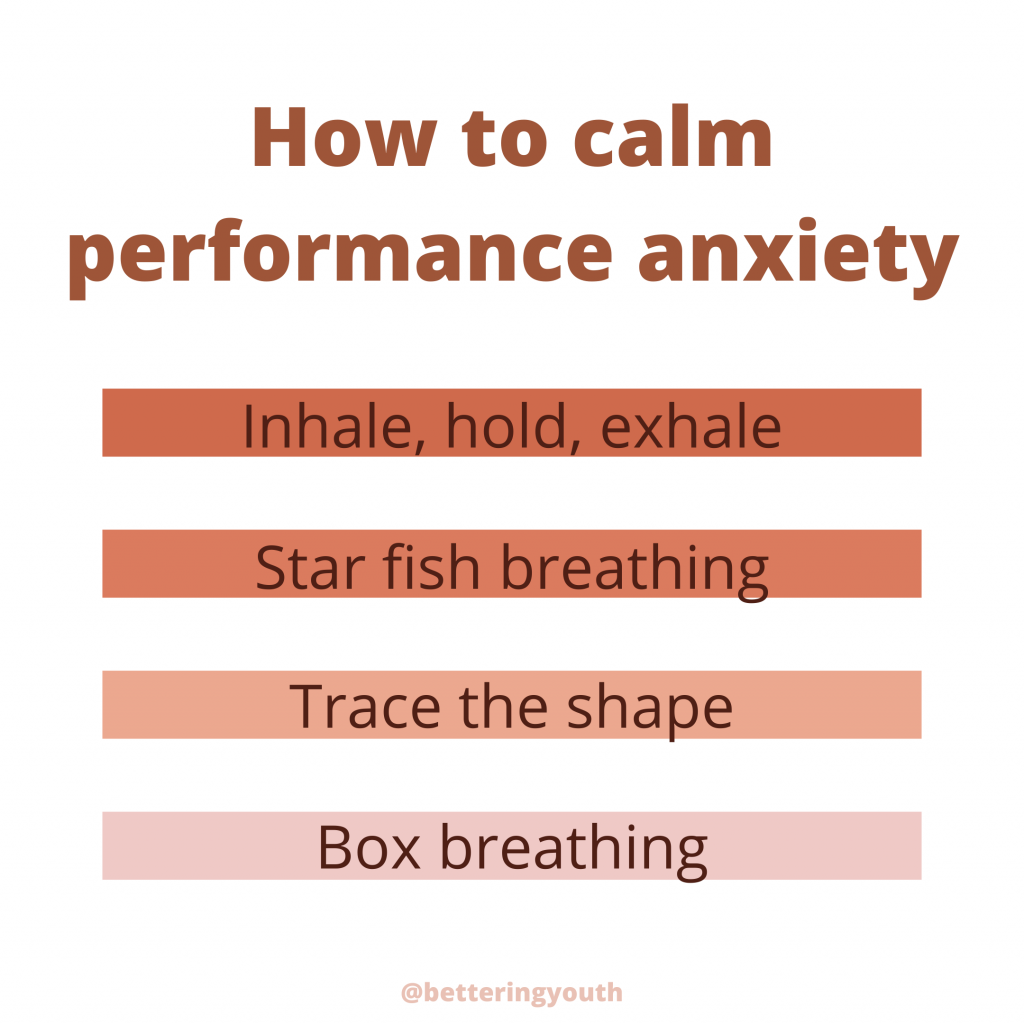
4 Powerful breathing techniques to calm anxiety
Breathing practises can help return the body to its parasympathetic state which brings about a sense of calm. While these are incredibly powerful techniques, they will work best if they are taught prior to the anxiety-inducing environment.
- Trace the shape
Draw a shape on a piece of paper. As you move around it, take slow and deep inhales and exhales. By tracing the shape either with your finger or your eyes, you are encouraging your brain to focus on something non-threatening and simple. This can help bring about a sense of control.
- Inhale Hold Exhale
Collect flowers or sit by a non toxic candle or diffuser and breathe in deep for a count of four, hold for a count of three, and exhale for a count of 4. This is a less intensive version of the Navy Seal’s box breath.
- Box breathing
This is a breathing technique used by Navy SEALs to help ease stress. You inhale to fill your lungs, hold your breath for four counts, exhale and empty your lungs completely and hold for four counts. While you hold, be sure to keep your chest open and don’t clench down or tense.
- Star fish breathing
This breathing technique is great to introduce mindfulness to children as it is a kineastethic and visual technique. Begin by holding your hand out, take your other hand and begin tracing around your fingers. As you move your finger up the hand you inhale, as your finger moves down you exhale. Go slow and steady. In order to teach this, you could trace your child’s fingers allowing them to get the feel for the speed at which they should move.
How to boost mental wellbeing during stressful times
Exam season is not the only stressful time during the academic year, so providing your child with the skills they will need to cope with stress will better prepare them for the entirety of the year and beyond the classroom. As always, these skills should be taught without anxiety or stress being present. The activities, once taught, can be mentioned when your child is feeling anxious to help them feel in control.
Drawing emotions:
Colouring or doodling is an incredible way to demonstrate our internal feelings, create and release emotion, engage the brain in an activity that helps to recenter and provides a great opportunity to identify what feelings are being experienced.
Identifying thoughts:
Anxiety is caused when our brain begins to think about the unknown future. A great way to interrupt these thought processes is to get good at dissociating from them. In reality, our thoughts are not always truth. Therefore, being able to decipher whether a thought is fact or fiction can really help to gain context and clarity over a situation.
Example: If I don’t do well on this exam I’ll be a failure. It’s all hopeless
Is this thought fact or fiction?
What will happen in reality if I don’t do well on this exam?
- Will I have failed at everything? No
- Will I be doomed to never do or become what I want to be because I didn’t pass this exam? No
- Will I have to go to an awful school? No
Is it all hopeless?
- I haven’t written the exam yet, so it’s not all hopeless
Is there something I can do right now to help make this feel less overwhelming?
- I could get help with organising a study plan
- I could study more effectively
- I can practise more past papers and analyse my knowledge gap so I’m studying what I don’t know versus only reviewing what I do know
- I can talk to a trusted adult about how I feel because these are big, and normal feelings, but it would be nice to get some support
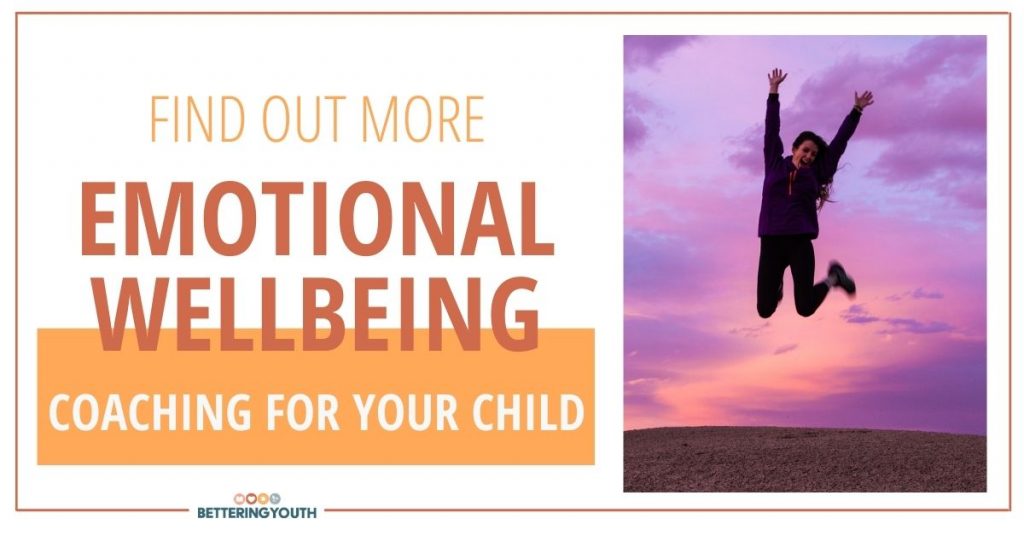
Does your child need support managing anxiety?
Bettering Youth’s exam tutors are all experienced mindfulness coaches and mental health first aiders. We understand exam season can be stressful.
Book an appointment to discuss how we can support your child today.
Establish a self care routine
Self care goes beyond bubble baths and facials. It’s often more about the not so glam things, like getting enough sleep, balancing social, work and academics, a regular movement practise. However, most of our youth don’t know what Self Care really is. Therefore, taking this time to help them build routines that will support them deal with exam stress and serve well into adulthood.
Examples:
- Developing a movement practise
- Engaging in something creative
- Practicing mindfulness
- Strong routines
- Cleaning and tidying habits
See also: 8 Ways Working Out Boosts Confidence for Your Teen
I hope these 4 tips to ease exam stress have been helpful! As always, feel free to get in touch if you would like to discuss your child’s exam journey or organise tuition.
If you’re a parent of a GCSE student, get in touch to discuss our wellbeing and academics packages.
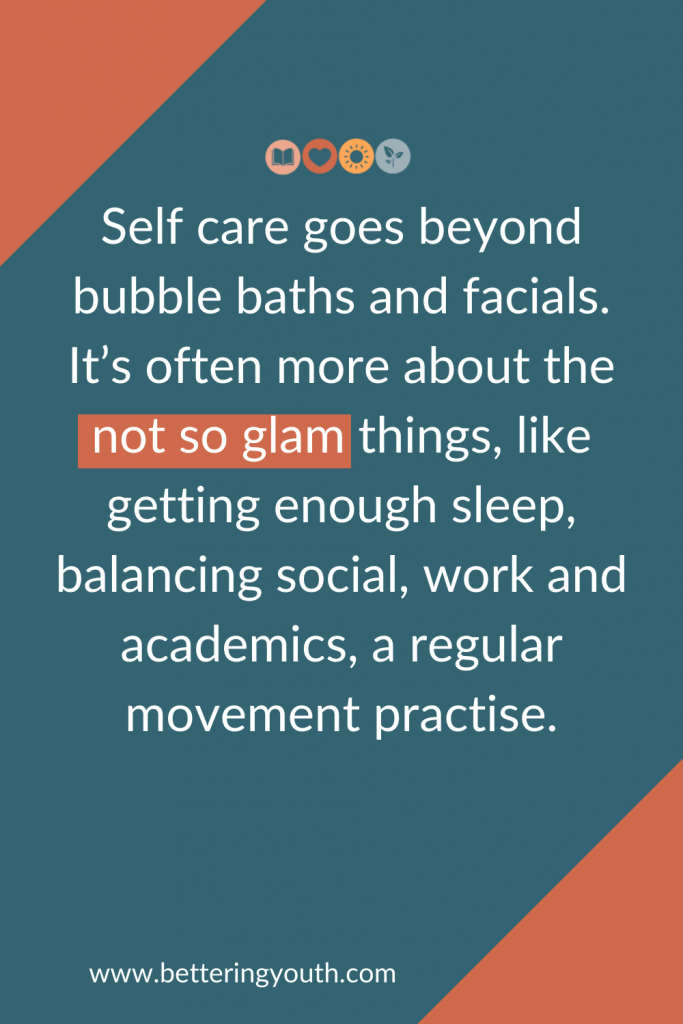

The only 11+ tutors and GCSE tutors that support your child’s mental health
Located in Ascot, our tutors will blend emotional wellbeing coaching and academic tutoring to support your child. We provide both in person tutoring and online sessions.

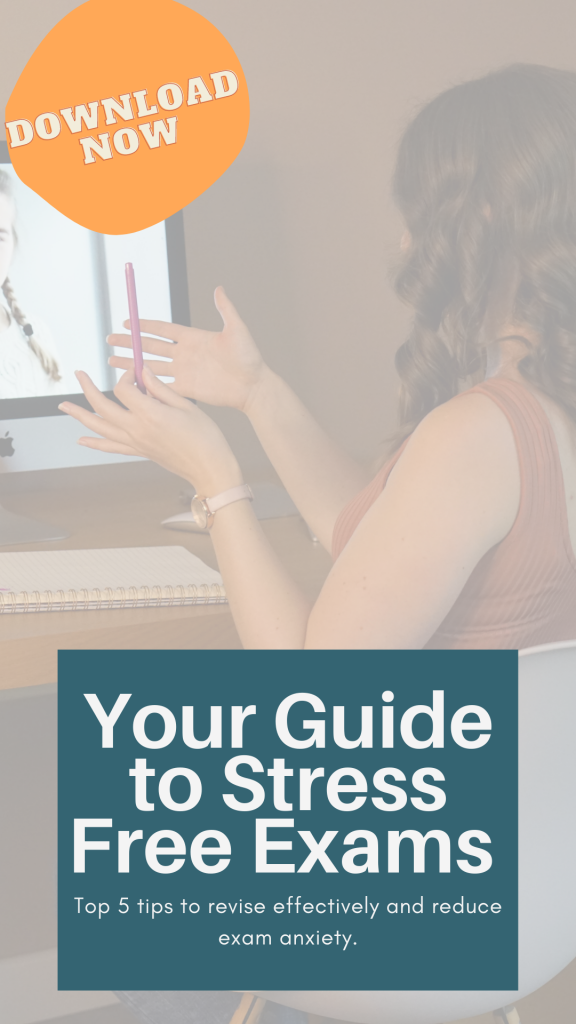
Pingback: How To Prepare For GCSE Exams In November - Bettering Youth
Pingback: All You Need to Know About the GL 11+ Exam - Bettering Youth
Pingback: 4 Steps to Overcome Performance Anxiety: Ace your next test - Bettering Youth
Pingback: Studying 101: 3 Popular Time Wasters for Studying - Bettering Youth
Pingback: Studying 101: 3 Encoding Skills You Need To Know - Bettering Youth
“This blog is a must-read for students and parents dealing with pre-exam nerves, especially for those preparing for the 11+ exam. Anxiety can be a significant barrier to performing well, so it’s great to see practical and proven techniques for managing stress and staying calm. Tips such as deep breathing exercises, positive visualization, and structured preparation can help students approach the exam with confidence. Thank you for addressing such an important aspect of exam readiness!”